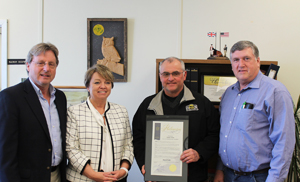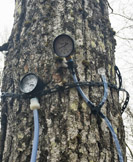
Northern NY; March 23, 2017. The farmer-driven Northern New York Agricultural Development Program has posted the latest research results from NNY Maple Specialist Michael Farrell, director of the Cornell Uihlein Research Forest in Lake Placid, NY. Farrell evaluated the production efficiencies of two sizes of maple sap tubing in gravity-based collection systems. The “Evaluating 3/16” Maple Sap Tubing Systems Under Natural-Flow and Artificial Vacuum Systems in NNY” report is posted at www.nnyagdev.org.
Newly-developed 3/16-inch interior diameter tubing has been suggested as a way to achieve greater and easier natural vacuum pressure drawing sap from the taphole in the maple tree. Each additional inch of vacuum results in an average increase of five to seven percent more sap.
The research trials hosted by Dr. Sam Yancey in Croghan, Lewis County; Chateaugay High School FFA in Franklin County; Sweeter Creations Sugarhouse at Madrid, NY, in St. Lawrence County; and Paul Smith’s College in Franklin County, in addition to those at the Uihlein Research Forest in Essex County, compared the use of 3/16-inch with 5/16-inch sap collection tubing.
Farrell cautions that his 2016 report offers a first-year trial evaluation and that multiple years of data are needed to draw a firm conclusion. He notes, “This initial research demonstrated the effectiveness of utilizing 3/16-inch tubing systems and-or 3/16-inch droplines within an existing 5/16-inch tubing system to add production efficiency to collecting maple sap.”
The research at the Uihlein Research Forest included switching out the traditional 5/16-inch tubing system with new 3/16-inch tubing in an existing artificially-pumped vacuum tubing system. The 2016 results were promising, leading to an average increase of approximately 5 percent more sap at a lower installation cost. Research there will continue to determine how the system will perform over time.
“Our work now is to evaluate the consistency of the efficiency of this tubing over multiple years,” Farrell says. “Some producers want to know if the smaller diameter tubing is more likely to plug, while early-adopter producers are already interested in technical assistance for converting to or installing new 3/16-inch tubing systems under natural gravity or a hybrid vacuum-assisted system.”
The farmer-driven Northern New York Agricultural Development Program is a research and technical assistance program serving all agricultural sectors in Clinton, Essex, Franklin, Jefferson, Lewis, and St. Lawrence counties. Funding for the Northern New York Agricultural Development Program is supported by the New York State Senate and administered through the New York State Department of Agriculture and Markets.
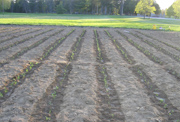
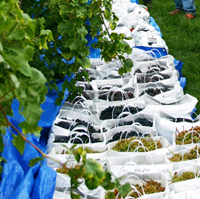
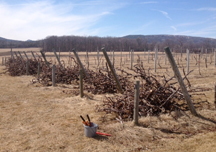
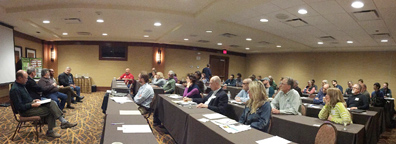
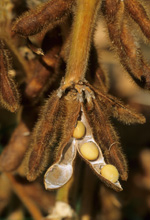
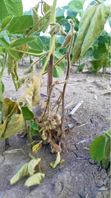

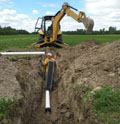
 Michele Ledoux mentioned that, as a direct result of Northern New York Agricultural Development Program-funded trials in regional sugarbushes, NNY maple producers are changing to 3/16-inch tubing for more efficient sap collection. Cornell Northern NY Maple Specialist Michael Farrell estimates the region can grow to meet a $10 million maple industry potential.
Michele Ledoux mentioned that, as a direct result of Northern New York Agricultural Development Program-funded trials in regional sugarbushes, NNY maple producers are changing to 3/16-inch tubing for more efficient sap collection. Cornell Northern NY Maple Specialist Michael Farrell estimates the region can grow to meet a $10 million maple industry potential.